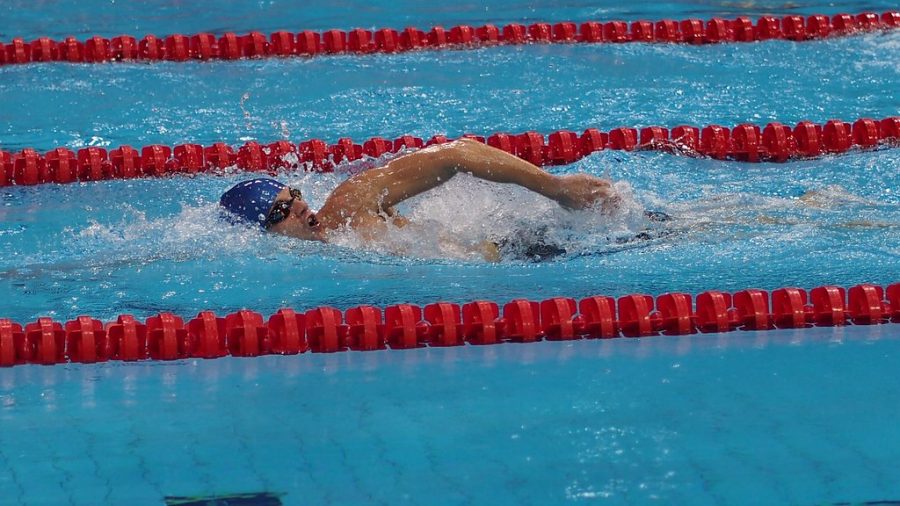The History of Swimming
Swimming is a fun activity that many people do throughout the year, but primarily in the summer.
Although most people swim for leisure purposes, competitive swimmers view swimming differently.
They think of it as a sport, requiring skill, speed, agility, and endurance.
For those swimmers considered among the world’s elite, they get a chance to display their skills every four years at the Summer Olympic Games, with the hope of winning a coveted medal.
Most people are familiar with swimming and the Olympics, but few actually know the history of the sport.
How “far back” does the sport go?
Well, quite a bit!
Swimming has been a sport since the days of ancient Greece.
Many people used a form of it to cross lakes and rivers.
When the modern quadrennial games were established, often referred to as the Athens 1896 Olympic Games, swimming was one of only nine medal events.
Since that time, it has been one of five sports featured at each Summer Olympic Games.
However, the four-stroke sport took some time to actually become four strokes.
The breaststroke is the oldest stroke and the first one to be used in competitions. Many people used it to cross lakes and rivers. At the end of the 17th century, the stroke was described as a wide pull of the arms, combined with a symmetrical action with the legs, looking like a frog kick.
Fast forward a few centuries to 1933, and that is when Henry Myers did what is now known as the butterfly stroke. He said that it conformed to the rules of breaststroke. Finally, in 1953 it was recognized as the second stroke to swimming.
In the 20th century, the backstroke started to develop. In this stroke, the swimmers are on their backs and they rotate their arms like a windmill. The kick was originally a frog kick, but then changed to an up-down motion known as a flutter kick. This stroke made its Olympic debut in the 200-meter event for men at the 1900 Olympic Games in Paris.
Lastly, there is the freestyle stroke, also known as the forward crawl. When swimmers compete in freestyle, their speed is on full display. In this stroke, the swimmer’s arms are almost “scooping water” and rotate very quickly, as competitors race on their stomachs. Their legs do the flutter kick motion. This stroke was popularized by Australian swimmer Henry Wickham. Since 1896, the crawl has been has been used in more races than any other stroke.
Right now athletes are busy qualifying for the 2024 Paris Olympics.
We wish them all good luck and look forward to watching the Games next summer.
In the meantime, with summer rapidly approaching, it sounds like a great time to find a pool and swim simply for fun!








